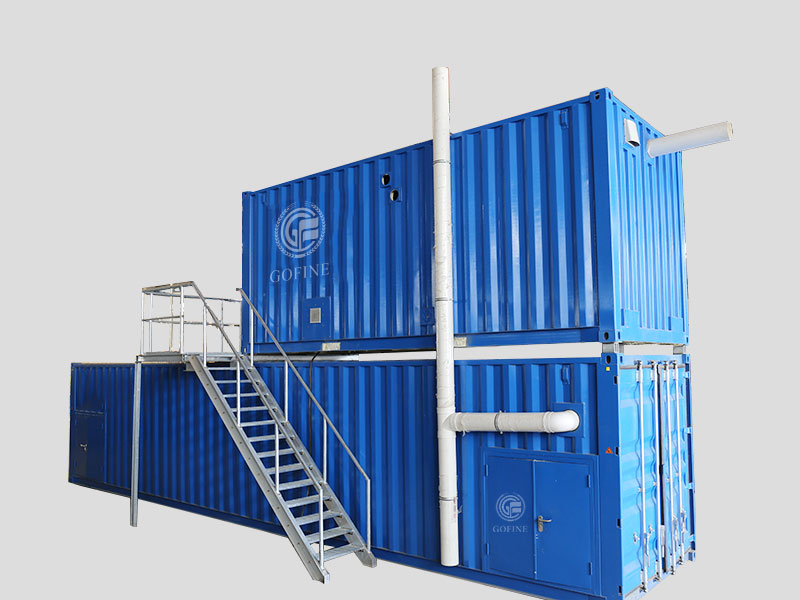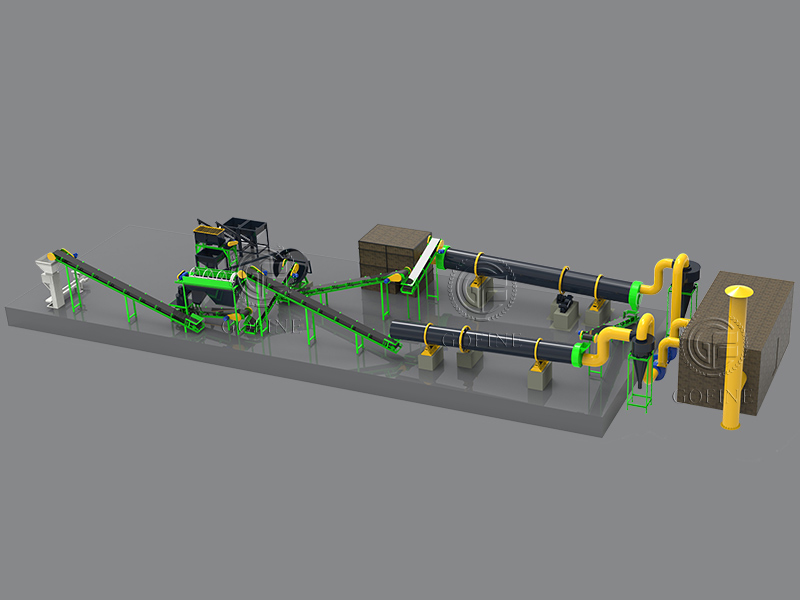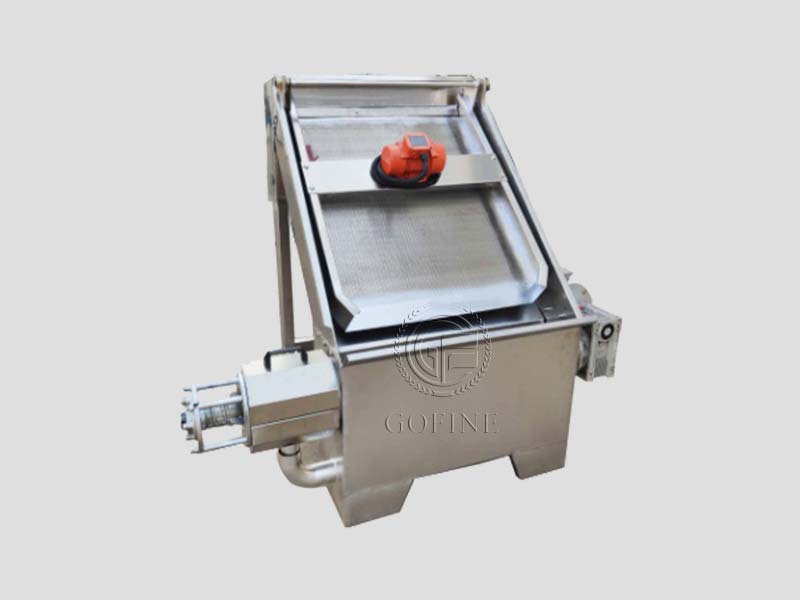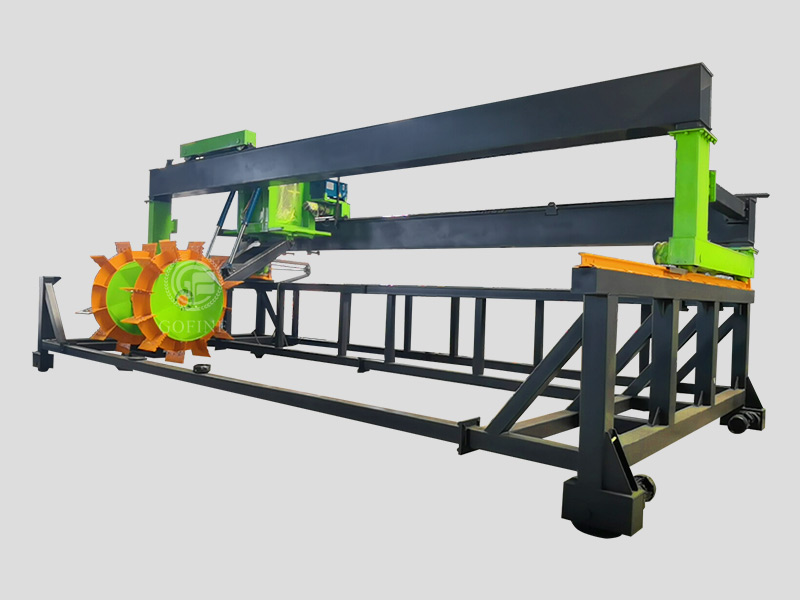Horizontal Fermentation Tanks Offer Efficient Fermentation Despite Low Temperatures
News September 2, 2025
In severe winters or at high latitudes, low temperatures often hinder the efficiency of organic fertilizer fermentation. However, our horizontal fermentation tanks, with their specially designed cold-resistant design, are ideal for organic fertilizer production in cold weather. Even in extreme temperatures of -20°C, they maintain stable, high-temperature aerobic fermentation, providing reliable production support for fertilizer companies in cold regions worldwide.
The core cold-resistance advantages of this horizontal fermentation tank lie in its three key aspects: constant temperature control, efficient insulation, and robust fermentation. The tank features a double-layer jacketed structure, with an inner 304 stainless steel fermentation chamber and an outer 100mm thick polyurethane insulation layer. Combined with a rock wool insulation cover, the tank maintains internal temperature drop to ≤2°C per hour, effectively isolating the tank from low temperatures. Furthermore, the tank is equipped with an independent electric heating system that automatically activates when the ambient temperature drops below 5°C, ensuring the initial fermentation temperature rises quickly to above 30°C, creating a suitable environment for microbial activity. To address the problem of raw materials freezing in cold regions, the equipment has a specially optimized feeding system. A spiral preheating device preheats frozen livestock and poultry manure, straw, and other raw materials to 15-20°C before entering the tank, preventing the low-temperature raw materials from affecting the fermentation environment. The multi-axis stirring mechanism within the tank uses variable frequency speed regulation, ensuring sufficient oxygen contact between the materials and generating frictional heat through mechanical motion to help maintain the fermentation temperature. The temperature inside the tank remains stable at 60-70°C, achieving rapid composting in 3-5 days, which is over five times more efficient than traditional open-air composting.
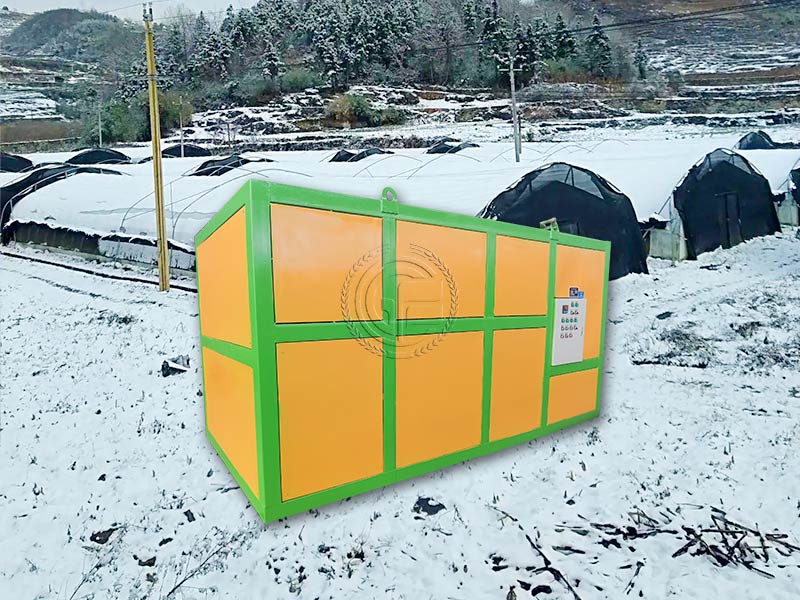
The equipment’s intelligent control system further enhances operational convenience in cold regions. Temperature, humidity, and oxygen concentration sensors monitor fermentation parameters in real time. The data is intuitively displayed on a bilingual Chinese and English touchscreen, automatically alerting and adjusting parameters when they deviate from set values. Remote control is also supported, allowing operators to start and stop the machine, adjust the stirring frequency, and perform other operations from a warm control room, reducing outdoor work in low-temperature environments.
Currently, the equipment has been successfully deployed on farms in Siberia, Russia, and at organic fertilizer plants in northern Canada. Russian customers report that even in winter with outdoor temperatures as low as -30°C, fermentation inside the tanks remains stable, with a single tank processing up to 10 tons of manure per day and producing over 3,000 tons of organic fertilizer annually. Canadian customers have also achieved year-round production, with the organic matter content of their finished fertilizer consistently exceeding 45%.
Choosing our horizontal fermentation tanks frees organic fertilizer production in cold regions from seasonal constraints, continuously providing high-quality organic nutrients for agriculture. In the future, we will continue to optimize our cold-resistance capabilities to create value for more customers in high-latitude regions.
Prev: High-efficiency wheeled compost turner accelerates production. Next: New Membrane Composting Solutions
